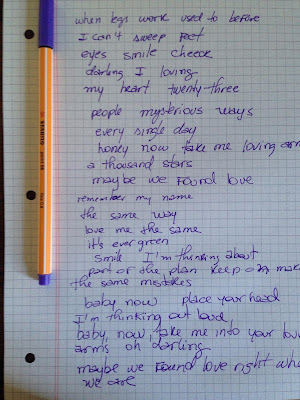The word "muito" in Brazilian Portuguese can mean many things and that can be confusing, right? You can say "muito", "muita", "muitos" and "muitas". Crazy, huh?
But, there is no need to worry about it! Today, I'll make the uses of "muito" very simple for you to understand and I'll also teach you the correct pronunciation.
1. "Muito" means "a lot"
If you are into grammar, it might be interesting to know that when "muito" means "a lot" it works as an adverb.
Examples:
- Português é difícil, por isso eu estudo muito. (Portuguese is hard, that's why I study a lot.)
- Ela trabalha 12 horas por dia. Ela trabalha muito. (She works 12 hours a day. She works a lot.)
2. "Muito" means "very"
It also works as an adverb in this case and it is usually used before adjectives.
Examples:
- Patrícia é muito bonita. (Patrícia is very pretty.)
- José é muito bonito. (José is very handsome.)
- Os brasileiros falam muito rápido. (Brazilians speak very fast.)
- Esse filme é muito legal. (This film is very cool.)
As you could see there is no variation of "muito" in this case. Regardless of what comes before or after it, we still use "muito". ("muito bonita" and "muito bonito")
3. Muito means "much", "many" or "a lot of"
When we use "muito" to indicate quantity there will be variations in gender and number.
feminine - muita feminine plural - muitas
masculine - muito masculine plural - muitos
Examples:
- Compramos muitas frutas na feira. (We bought many fruits at the market)
- Vocês compraram muitos pães? Temos muitos pedidos de sanduíche hoje. (Did you buy a lot of bread. We have many orders of sandwich today.) Attention! The word "bread" in Brazilian Portuguese has a plural form. pão - pães
- Você tem muita paciência com crianças. (You've got a lot of patience with children)
- Esse bolo está doce demais. Você deve ter colocado muito açúcar. (This cake is too sweet. You must have put a lot of sugar)
Important! When you use the verb "gostar" and "muito" you should use the following order:
gostar + muito + de + the thing you like
We do that because the verb "gostar" is followed by the preposition "de" to refer to the thing which we like.
Examples:
Eu gosto muito de viajar.
Eu não gosto muito de ler.
Gosto muito de você, leãozinho. (As in Caetano Veloso's song.)
It's also very important that you learn the pronunciation of the word "muito", so watch the video below.
How about making a video with you saying some sentences with the word "muito"?
If you have any questions, feel free to leave your comments below.
Até a próxima!






